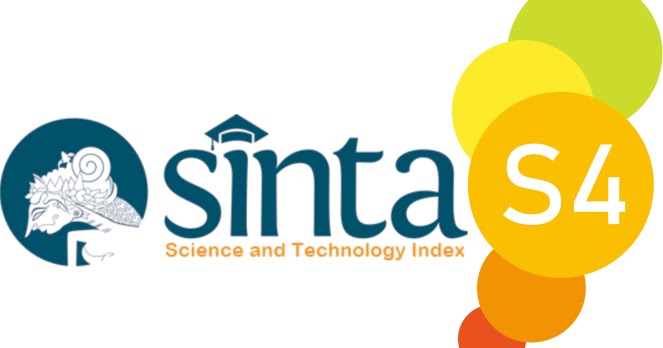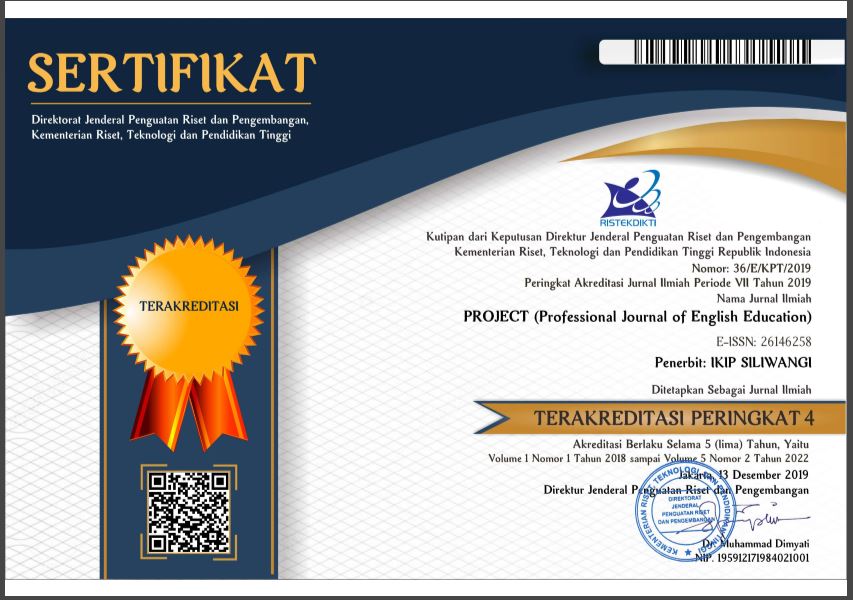A Pragmatic Analysis of Conversational Implicature in Uglies (2024)
Abstract
This study investigates conversational implicature in the movie Uglies (2024) through a pragmatic analysis, focusing on generalized and particularized types. The analysis is based Levinson’s (1983) theory, which distinguishes between implicatures understood from general knowledge and those requiring specific contextual information. A qualitative research design was employed, utilizing the observation method combined with non-participatory technique. Data were collected by transcribing and closely analyzing the dialogue, focusing on identifying the intended meanings beyond the literal words. The analysis method followed pragmatic identity method, which was applied to interpret the implied meanings in each identified instance. This research A total of 47 data points were identified and categorized, with 47% falling under generalized conversational implicature and 53% under particularized conversational implicature. The findings reveal that particularized implicatures are more prevalent in the movie, as the characters often engage in context-dependent dialogues to convey subtle meanings. The study highlights how conversational implicature serves as a tool for character development and thematic expression in the film. By analyzing selected data, this research provides insights into the use of language to imply meanings beyond literal expressions, contributing to a deeper understanding of conversational dynamics in movie dialogue.
References
Bach, K. (1994). Conversational Impliciture. Mind & Language, 9, 124–162. https://doi.org/10.1111/j.1468-0017.1994.tb00220.x
Bublitz, W., & Norrick, N. R. (2011). Foundations of Pragmatics (Vol. 1).
Creswell, J. W. (2009). Research design: Qualitative, quantitative, and mixed methods approaches (3rd ed.). SAGE Publication, Inc.
Cutting, J. (2002). Pragmatics and discourse: A resource book for students. Routledge.
Grice, P. (1975). Logic and conversation. In P. Cole, & J. L. Morgan. (Eds.), Syntax and Semantics, Vol. 3, Speech Acts (pp. 41-58). New York: Academic Press.
Harsa, W. P. (2024). Conversational implicatures of short story in the newspaper. English Education Journal, 15(2), 118–126. https://doi.org/10.24815/eej.v15i2.37887
Horn, L. R., & Ward, G. (2004). The Handbook of Pragmatics. Blackwell Publishing.
Hussain, S., & Shah, I. A. (2024). Communicative subtleties: A pragma-discourse analysis of conversational implicatures in Americanah and Purple Hibiscus. International Research Journal of Management and Social Sciences, 5(2), 296–310. https://irjmss.com/index.php/irjmss/article/view/304
Levinson, S. C. (1983). Pragmatics. Cambridge University Press.
Mey, J. L. (2001). Pragmatics: An introduction (2nd ed.). Blackwell.
Sembiring, R. A., Manik, S., Pasaribu, A. N., Surbakti, T. S., & Ketaren, S. (2024). Conversational implicature in maba belo selembar dialogue of karonese culture. ENGLISH REVIEW: Journal of English Education, 12(2). https://doi.org/10.25134/erjee.v12i2.10307
Sudaryanto, S. (2015). Metode dan aneka teknik analisis bahasa : Pengantar penelitian wahana kebudayaan secara linguistis. Sanata Dharma University Press.
Sudrajat, M. D., Winarto, E. R., & Hanif, N. A. (2024). Conversational implicature analysis on Fast Five movie. 5(1). https://doi.org/10.32627/jepal.v5i1.1048
Thomas, J. A. (1995). Meaning in interaction: An introduction to pragmatics. Routledge.
Yule, G. (1996). Pragmatics (1st ed.). Oxford University Press.
Downloads
Published
Issue
Section
License

This work is licensed under a Creative Commons Attribution-ShareAlike 4.0 International License.




